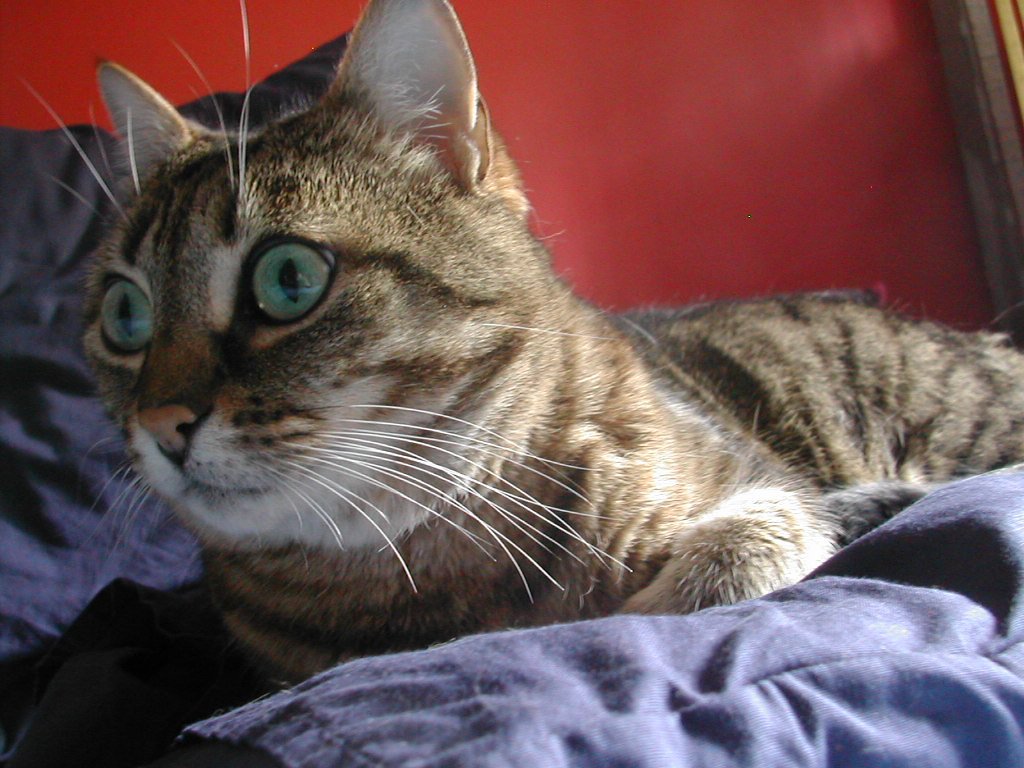Cats are enigmatic creatures that continue to captivate us with their curious behavior and complex emotions. While some cats love nothing more than to curl up in your lap, others maintain a steadfast distance despite showing affection in other ways. Why is it that some cats seem to refuse cuddling, even when they clearly adore their human companions? Understanding the mysteries of the feline mind adds an intriguing layer to our relationships with these fascinating animals. Let’s delve into the reasons behind this behavior, providing insights that might just bridge the gap between you and your elusive feline friend.
Nature of Cats: Independent Creatures

Cats have evolved as solitary hunters, unlike their canine counterparts who thrive in packs. This instinctual independence is deeply ingrained in their psyche. While domestication has softened some of these behaviors, many cats still retain their aloof nature. Their preference for personal space is not necessarily a sign of distance but rather a nod to their ancestral need for vigilance and autonomy. Understanding this is key to appreciating a cat’s sometimes solitary demeanor without misinterpreting it as a lack of affection.
Personalities Vary: Just Like Humans
Just as people have different personalities, so do cats. Some are social butterflies, while others lean towards introversion. A cat’s inclination to cuddle often aligns with its unique temperament. Whereas a more laid-back feline may enjoy snuggling, a high-energy cat might find it stifling. Recognizing your cat’s individual personality is crucial in fostering a rewarding relationship that respects their comfort levels. It’s important to remember that a reserved nature doesn’t equate to a lack of love.
Past Experiences: Shaping Behavior

A cat’s history plays a significant role in shaping its behavior towards humans. Cats that have experienced trauma, neglect, or inconsistent human interaction may be more hesitant to cuddle. For these felines, it’s about building trust slowly and respecting their boundaries. Over time, with patience and gentle interactions, such cats might begin to open up and show signs of increased affection, even if they never become the ultimate lap cat.
Health and Comfort: Physical Considerations
Cats, like all animals, are sensitive to their physical well-being. If a cat is avoiding being held, it might be due to a health issue or discomfort caused by certain types of handling. Arthritis, hidden injuries, or even seasonal discomforts like shedding or allergies could be at play. Regular vet check-ups ensure your cat is healthy and comfortable, which in turn might encourage a bit more closeness. Observing changes in behavior can be a crucial indicator that something might be amiss.
Heat Sensitivity: Keeping Cool

Cats are incredibly aware of temperature changes. Since their fur acts as an insulator, many cats avoid cuddling in warm temperatures simply because it’s uncomfortable. In cooler weather, you might notice your cat seeking out additional warmth and showing an increased willingness to be close. Providing alternative cool resting places during hot days can keep your cat comfortable and less stressed, which may coincidentally lead to more cuddle time when the temperatures drop.
Independence and Routine: Daily Rituals Matter
Cats are creatures of habit, thriving on routine. Interrupting their well-established patterns can lead to stress, making them less likely to engage in cuddling. Understanding and respecting your cat’s daily rituals can help in creating a peaceful environment where they feel secure. By aligning interactions with their preferred times, such as after meals or during relaxed evenings, you may find your cat becomes more open to physical affection.
Communication Through Behavior: Reading the Signs
Cats might not cuddle in a conventional sense, but they never fail to show affection through other means. Head-butting, slow blinking, and even quietly napping nearby are all feline signs of affection. Learning to read these subtle signals can transform your understanding of how much your cat loves you. Accepting these gestures as part of their unique love language allows for a deeper, more meaningful connection with your pet.
Building Trust Over Time: Patience Pays Off

Building a bond with a cat that isn’t naturally inclined to cuddle takes time and patience. Small, consistent gestures like offering treats, gentle petting, and respecting personal space assure your cat of your good intentions. As trust deepens over time, your feline might surprise you with increased affection and even the occasional cuddle. Every moment of shared trust is a triumph in strengthening your relationship, reminding you that love comes in many forms.
In conclusion, the reluctance of some cats to cuddle stems from instinctive behavior, unique personalities, past experiences, sensory sensitivities, and a strong sense of independence. Recognizing and respecting these factors are vital in nurturing a harmonious relationship with your cat. By appreciating their alternative expressions of love, we not only enrich our bond but also celebrate the marvelous diversity of these captivating companions. After all, every cat has its own way of saying, “I love you.”

Andrew Alpin from India is the Brand Manager of Doggo digest. Andrew is an experienced content specialist and social media manager with a passion for writing. His forte includes health and wellness, Travel, Animals, and Nature. A nature nomad, Andrew is obsessed with mountains and loves high-altitude trekking. He has been on several Himalayan treks in India including the Everest Base Camp in Nepal.






